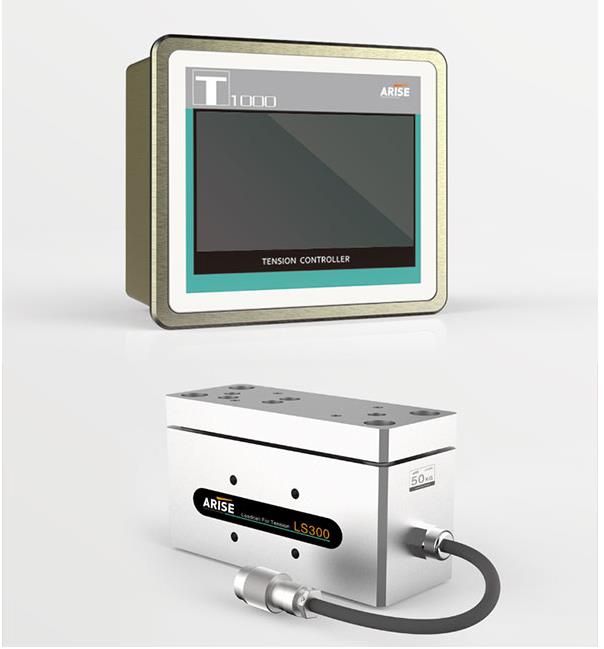In today's rapidly evolving industrial landscape, where efficiency and cost-effectiveness are paramount, the need to meet production demands often requires the utilization of older machinery in sectors like printing, packaging, and textiles. However, while these machines may still be operational, their outdated features and lack of modern technology can hinder productivity and compromise product quality. The solution? Retrofitting older machines with web tension control systems, a pragmatic alternative that brings outdated equipment up to modern standards.

The Significance of Retrofitting with Web Tension Control Systems:
Web tension control is a critical element in manufacturing processes involving continuous materials such as paper, film, fabric, or metal. Ensuring the precise movement of materials through a machine is essential for maintaining product quality, minimizing waste, and reducing downtime.
Benefits of Retrofitting with Web Tension Control Systems:
1. Improved Product Quality:
Consistent web tension leads to fewer faults, translating to higher-quality goods that enhance a company's reputation and client satisfaction.
2. Enhanced Efficiency:
Reduced downtime and increased production rates contribute to overall efficiency, directly impacting the bottom line of manufacturing operations.
3. Cost Savings:
Less waste, lower maintenance costs, and improved energy efficiency collectively contribute to substantial cost savings and increased profitability.
4. Sustainability:
Reduced waste and energy consumption not only save money but also align manufacturing operations with environmental sustainability goals.
5. Prolonged Machine Life:
Retrofitting can extend the life of aging machinery, postponing the need for expensive replacements and providing a sustainable approach to equipment management.
6. Data-Driven Decision Making:
Modern tension control systems offer valuable data and analytics, enabling informed decision-making and process optimization.
The Retrofitting Process with Web Tension Control Systems:
Assessment:
Conduct a thorough evaluation of current equipment to identify areas where web tension control is critical to the production process.
System Selection:
Choose a web tension controller based on specific needs, considering factors such as web material, machine specifications, and production speed.

Installation:
Professional installation by experts familiar with the intricacies of integrating modern control systems with older equipment. Mechanical and electrical adjustments may be necessary for compatibility.
Calibration:
Calibrate the system to provide precise tension control, including setting up sensors, establishing tension zones, and adjusting control settings.
Training:
Train operators and maintenance personnel to efficiently operate and manage the tension control system.
Integration:
Seamlessly integrate the new web tension control system into the existing control infrastructure, such as PLCs (Programmable Logic Controllers) or SCADA (Supervisory Control and Data Acquisition) systems, for streamlined communication and data exchange.
Case Studies of Retrofitting Older Machines with Web Tension Control Systems:
Case Study 1: Printing Industry - ABC Printing Company
Challenge:
Aging web offset printing press lacking precise web tension control, resulting in inconsistent print quality and frequent paper jams.
Solution:
Replacement of the antiquated press with a modern web tension control system.
Results:
Significant improvements in product quality, increased productivity, waste reduction, and simplified maintenance.
Case Study 2: Textile Industry - XYZ Textile Mills
Challenge:
Weaving looms experiencing yarn breakage, misalignment, and variable fabric quality due to the lack of precise web tension control.
Solution:
Retrofitting of weaving looms with a modern web tension control system.
Results:
Enhanced fabric quality, increased productivity, and cost savings through reduced material waste.
These case studies underscore how retrofitting older machines with modern web tension control systems can positively impact product quality, productivity, cost savings, and sustainability, making it a prudent investment for manufacturing businesses.
Conclusion:
For companies seeking to enhance the efficiency and productivity of existing production processes, retrofitting older machines with web tension control systems proves to be a strategic and cost-effective solution. This method ensures that aging machinery can compete with modern counterparts, resulting in improved product quality, waste reduction, and overall cost savings. By carefully assessing machinery, selecting the appropriate control system, and investing in professional installation and training, manufacturing operations can remain competitive and forward-looking in an ever-evolving industrial landscape.